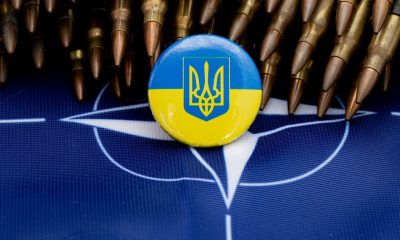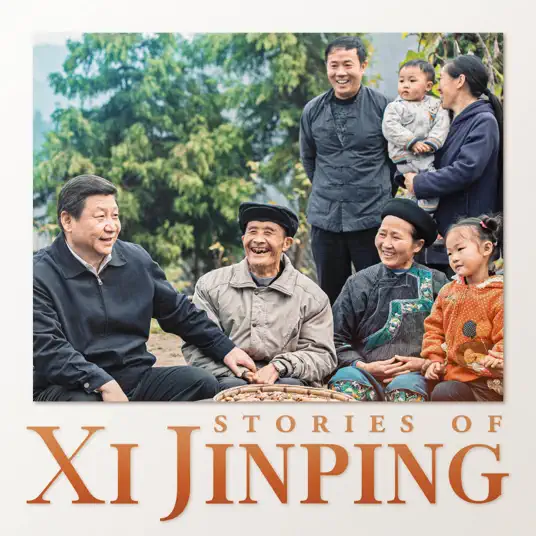Rúis
An bhfuil an Rúis ag ullmhú chun ionradh a dhéanamh ar an Úcráin? Agus ceisteanna eile

Are Russian forces getting ready for war in Ukraine? That is certainly the fear among Western leaders and in Ukraine as Russia and the West prepare for a week of negotiations, writes Paul Kirby, Coimhlint Úcráin.
Russia seized part of southern Ukraine in 2014 and backed separatists who started a conflict in large areas of the east.
Now Russia warns of military measures if the West does not meet its demands, and the US is warning of unprecedented sanctions. So how serious is the risk of conflict?
Cá bhfuil an Úcráin?
Ukraine shares borders with both the EU and Russia, but as a former Soviet republic it has deep social and cultural ties with Russia, and Russian is widely spoken there.
Russia has long resisted Ukraine's move towards European institutions and it is now demanding it never joins Nato, the Western alliance.
It was when Ukrainians deposed their pro-Russian president that Russia moved in, seizing, then annexing Ukraine's southern Crimean peninsula. Russian-backed separatists then captured large swathes of Ukraine's two eastern regions collectively known as the Donbas.
Is there a real threat of invasion?
Conflict between rebels and Ukraine's military has continued to this day, although a shaky 2020 ceasefire deal is back in force.
But it is the Russian forces operating beyond the Ukrainian border that are of most concern. Western intelligence services say they number up to 100,000.
There is no sense of an imminent threat - or that Russia's President Vladimir Putin has decided on invasion. But he has spoken of "appropriate retaliatory military-technical measures" if what he calls the West's aggressive approach continues.
Russian Deputy Foreign Minister Sergei Ryabkov, who leads talks with the US on 10 January, has warned of of a situation similar to the 1962 Cuban missile crisis, when the US and Soviet Union came close to nuclear conflict.

Western intelligence services as well as Ukraine's think an incursion or invasion could happen some time in early 2022.
CIA director William Burns suggested President Putin was "putting the Russian military, the Russian security services in a place where they could act in a pretty sweeping way".
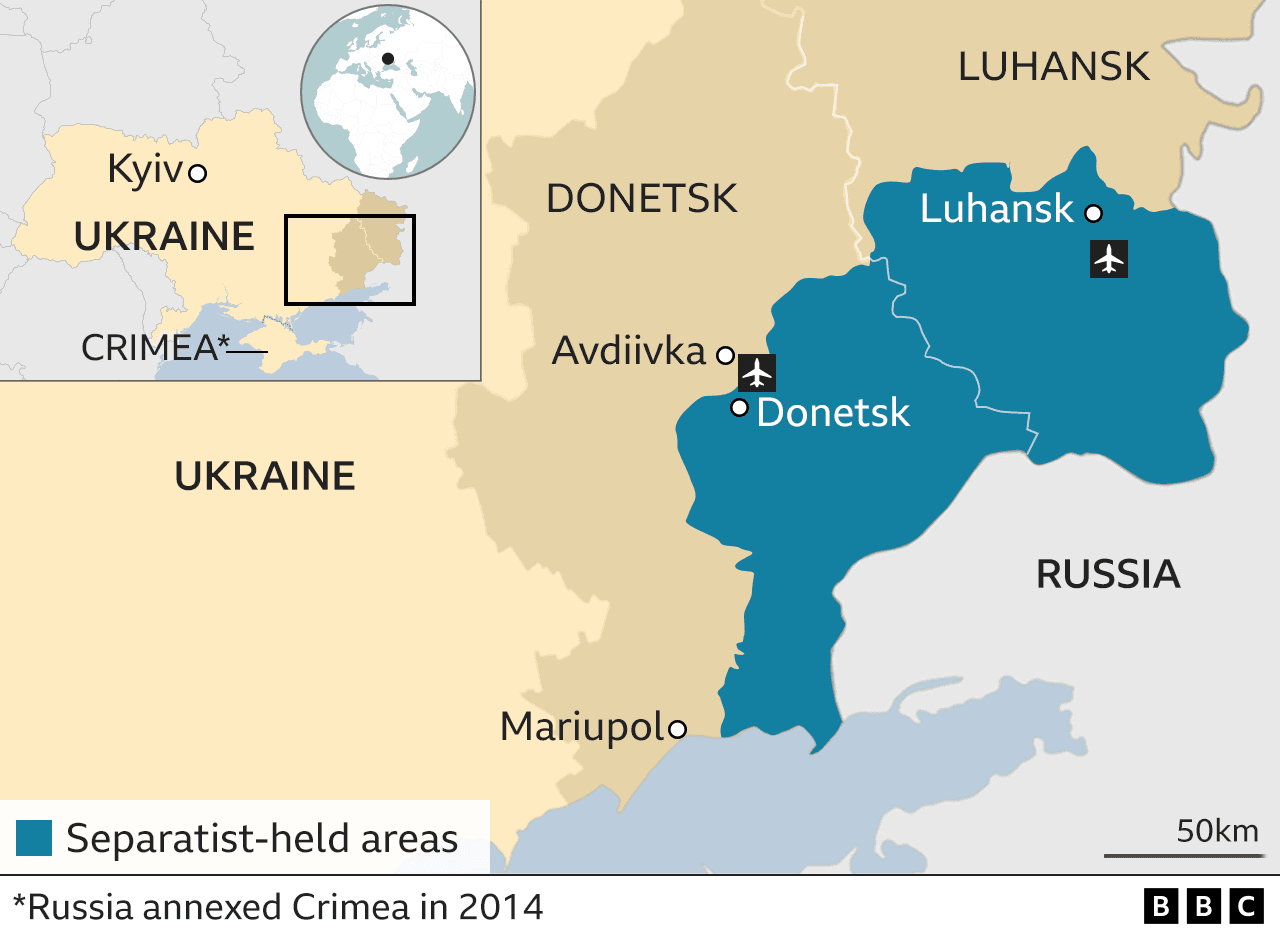
The question is whether it is all posturing in an attempt to force Nato away from Russia's back yard.
We've been here before, in April 2021, when Russia made smaller-scale troop movements. No obvious concessions were made when they were largely pulled back.
Presidents Biden and Putin have held several video and phone conversations in recent weeks.
But the most significant talks for months take place between high-ranking US and Russian officials in Geneva on 10 January. Then comes the first Nato-Russia council meeting for three years in Brussels, followed by talks with the European security body, OSCE.
What does Russia say?
Armed forces chief Valery Gerasimov denounced reports of an impending invasion as a lie. Satellite photos showing troop build-ups in Crimea and not far from eastern Ukraine were alarmist, Moscow said.
But President Putin then threatened to "take adequate military-technical response measures and react harshly to unfriendly steps".
Those "unfriendly steps" appear to refer to Ukraine and the West.
Russia claimed Ukrainian troops were massing in the east to launch an attack on separatists, though this was ridiculed in Kyiv as "propaganda nonsense" to justify Russian action. If Moscow wanted to act it could argue it was protecting the 500,000 people in separatist-run areas who have been handed Russian passports.
But Russia has also accused Nato countries of "pumping" Ukraine with weapons and the US of stoking tensions. Mr Putin said Russia had "nowhere further to retreat to - do they think we'll just sit idly by?"
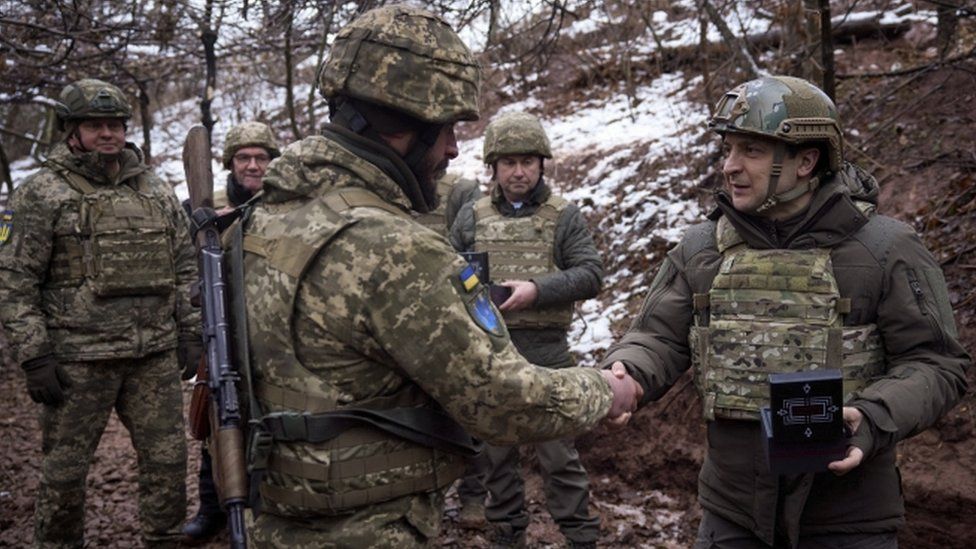
So Russia's main issue is with Nato and Mr Putin senses an opportunity.
Cad atá sa Rúis ag iarraidh?
President Putin has warned the West not to cross Russia's "red lines" on Ukraine.
One of them is stopping Nato's expansion any further to the east, which includes Ukraine and Georgia.
Russia also wants Nato to abandon military activity in Eastern Europe, which would mean pulling out its combat units from Poland and the Baltic republics of Estonia, Latvia and Lithuania, and not deploying missiles in countries such as Poland and Romania.
I mbeagán focal, it wants Nato to return to its pre-1997 borders. That is what President Putin wants talks with the US to focus on and he says the ball is in the West's court. Russia has also proposed a treaty with the US barring nuclear weapons from being deployed beyond their national territories.
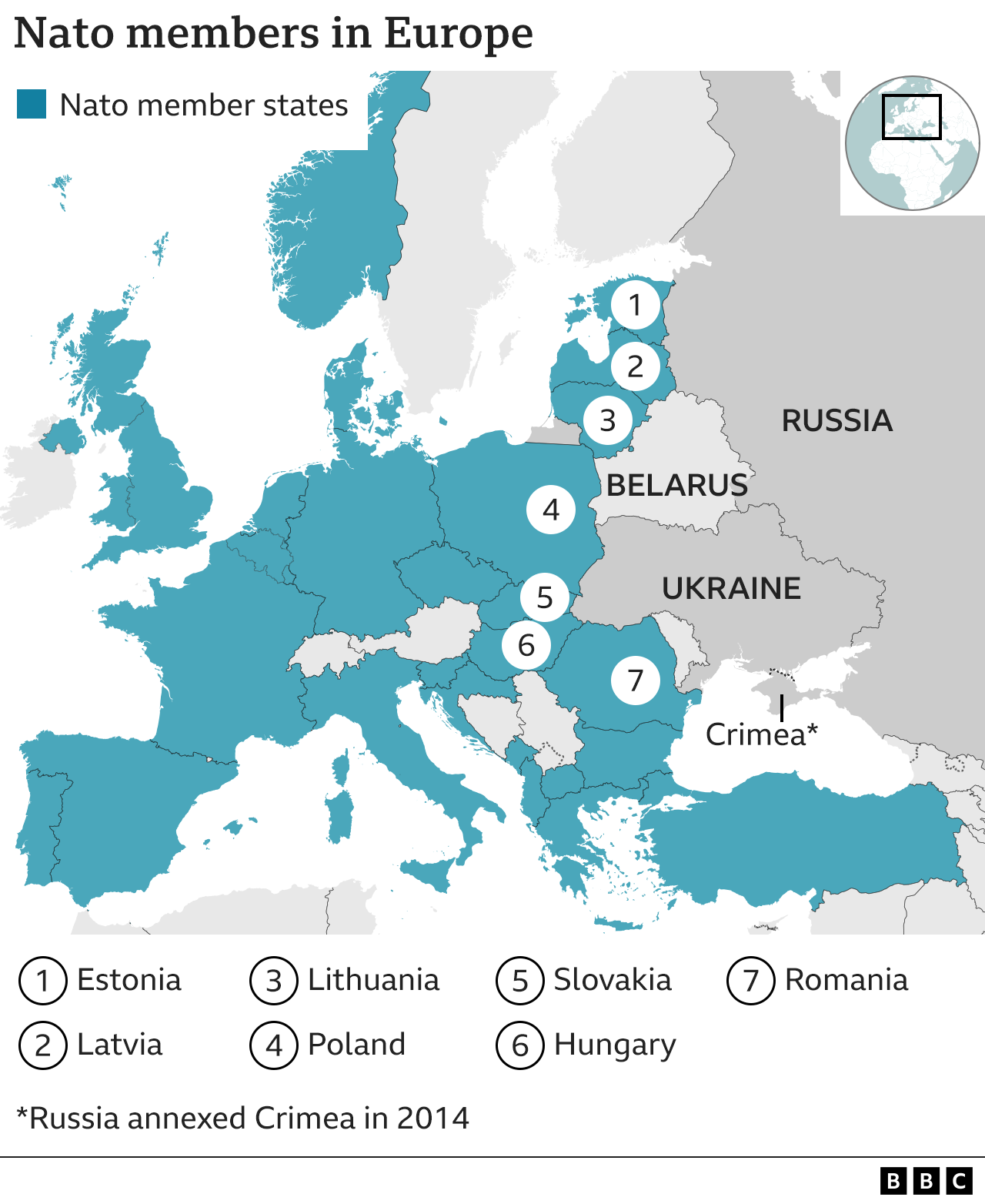
US military support for Kyiv, in Mr Putin's eyes, is taking place "at the doorstep of our house". Russia is annoyed by Western military exercises in the Black Sea.
A clue to Putin's thinking on Ukraine came in 2021 when he wrote a lengthy piece calling Russians and Ukrainians "one nation" and labelled Ukraine's current leaders as running an "anti-Russian project". Ukraine was part of the Soviet Union, which collapsed in December 1991 and Mr Putin said it was the "disintegration of historical Russia".
Russia is also frustrated that the 2015 Minsk peace deal aimed at halting the conflict in eastern Ukraine is far from being fulfilled. There are still no arrangements for independently monitored elections in the separatist regions. Russia denies accusations that it is part of the lingering conflict.
How is the West responding?
Nato's Western military alliance is defensive and any Russian attempt to tie its hands for the future or persuade it to withdraw from the old Eastern Bloc states is likely to fall flat.
Russia's idea of a treaty also seems doomed as it would bar European Nato members from delivering US nuclear weapons.
President Putin's overall demands have annoyed not just the more recent Eastern European Nato members but also the Nordic states of Sweden and Finland. They are not part of the alliance but have strengthened ties.
"We will not let go of our room for manoeuvre," said Finland's prime minister and Sweden's military commander said any change would entirely undermine his country's military strategy.
While Russia is adamant it will not allow Ukraine to join Nato, Ukrainian President Volodymyr Zelensky is looking for a clear timeline from the alliance.
"It is up to Ukraine and 30 [Nato] allies to decide when Ukraine is ready to join the alliance," Nato Secretary General Jens Stoltenberg has said. Russia has "no veto, no right to interfere in that process".
The concern for the US's European allies is not having a voice during talks between the US and Russia.
The White House says the US will be pragmatic. But European Union officials are adamant that whatever the solution Europe has to be involved.EPA/Ukraine governmentIt's not just the US and Russia. If you want to talk about security in Europe, Europeans have to be at the table and the agenda isn't just the issues Russia has put on the tableJosep Borrell
EU foreign policy chief
How far will the West go for Ukraine?
The US has made clear it is committed to helping Ukraine defend its "sovereign territory". President Biden spoke of imposing measures "like none he's ever seen" if Ukraine was attacked.
But he also stressed that deploying US troops unilaterally was "not on the table".
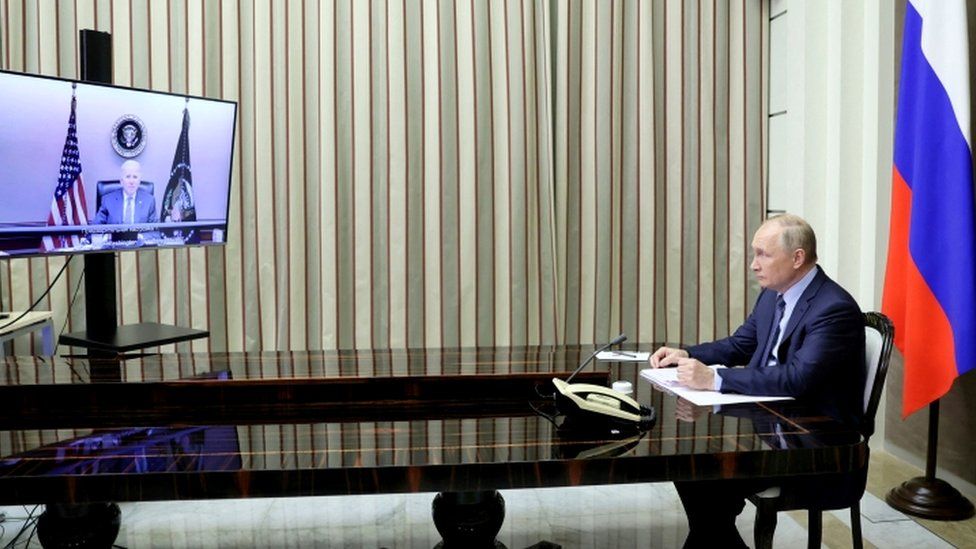
Ukraine says it is prepared to defend itself alone.
So even if the US refuses to recognise Russia's "red lines" on Ukraine joining Nato or anything else, how far will its "strong economic and other measures" go to help Kyiv?
The biggest tools in the West's armoury appear to be sanctions and supporting the Ukrainian military. UK Foreign Office minister Vicky Ford has said that British officials are considering an extension of defensive support.
The biggest economic tool could be threatening to disconnect Russia's banking system from the international Swift payment system. That has always been seen very much as a last resort, but Latvia has said it would send a strong message to Moscow.
Another key threat is to prevent the opening of Russia's Nord Stream 2 gas pipeline in Germany, and approval for that is currently being decided by Germany's energy regulator. Germany Foreign Minister Annalena Baerbock has made clear if there is any further Russian escalation then "this gas pipeline could not come into service".
There could also be measures targeting Russia's RDIF sovereign wealth fund or restrictions on banks converting roubles into foreign currency.
Comhroinn an t-alt seo:
-
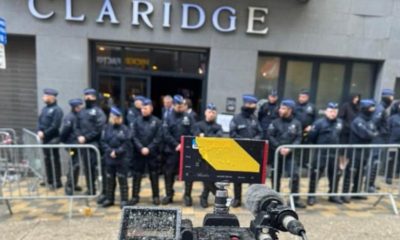
 ComhdhálachaLá ó shin 4
ComhdhálachaLá ó shin 4Chuir póilíní na Bruiséile stop le comhdháil ar-uaire NatCon
-

 Faireachas maisLá ó shin 5
Faireachas maisLá ó shin 5Sceitheadh: Teastaíonn ó airí inmheánacha an AE iad féin a dhíolmhú ó bhulcscanadh rialaithe comhrá ar theachtaireachtaí príobháideacha
-

 ComhdhálachaLá ó shin 5
ComhdhálachaLá ó shin 5Comhdháil NatCon le dul ar aghaidh ag ionad nua sa Bhruiséil
-
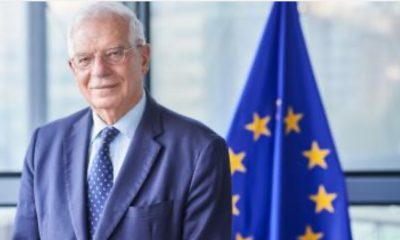
 An tSeirbhís Eorpach Gníomhaíochta Seachtraí (EAAS)Lá ó shin 5
An tSeirbhís Eorpach Gníomhaíochta Seachtraí (EAAS)Lá ó shin 5Scríobhann Borrell a phostthuairisc





